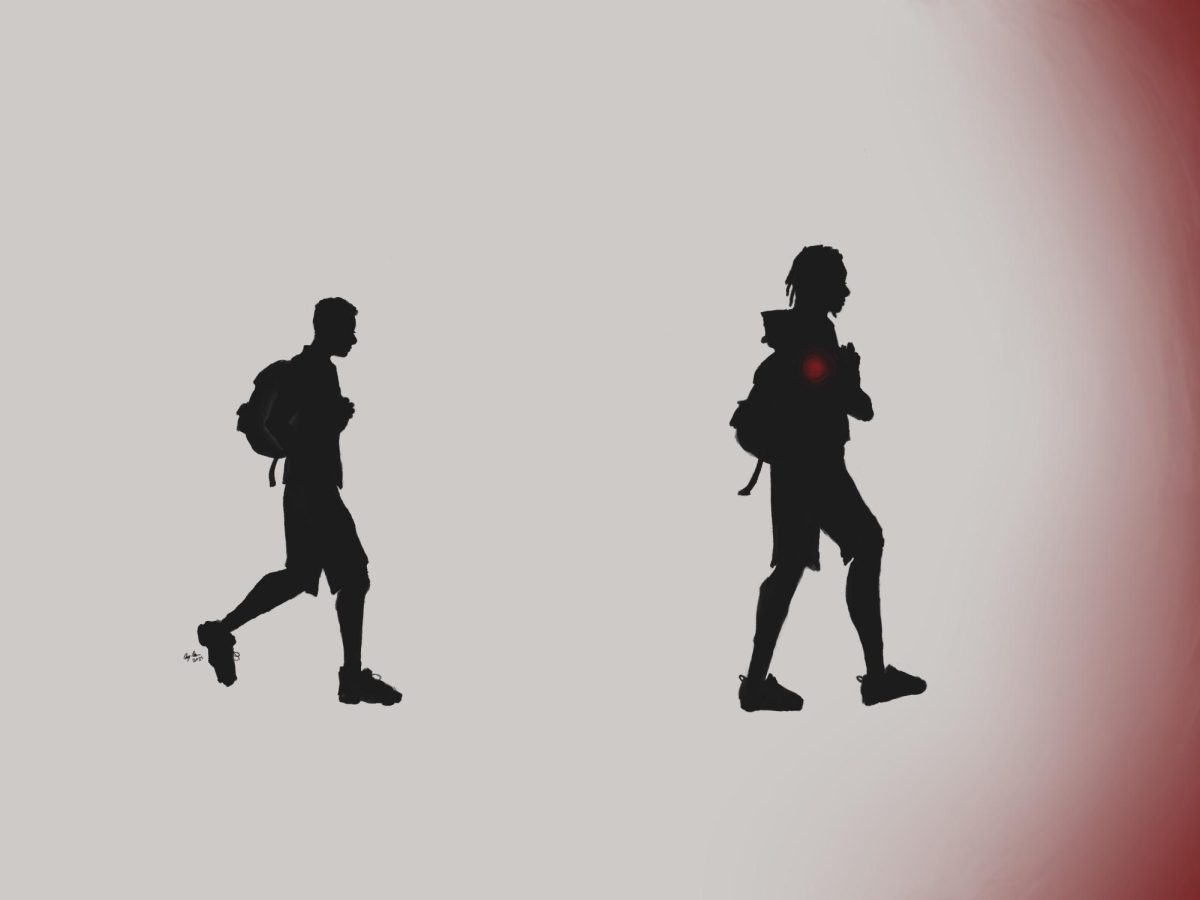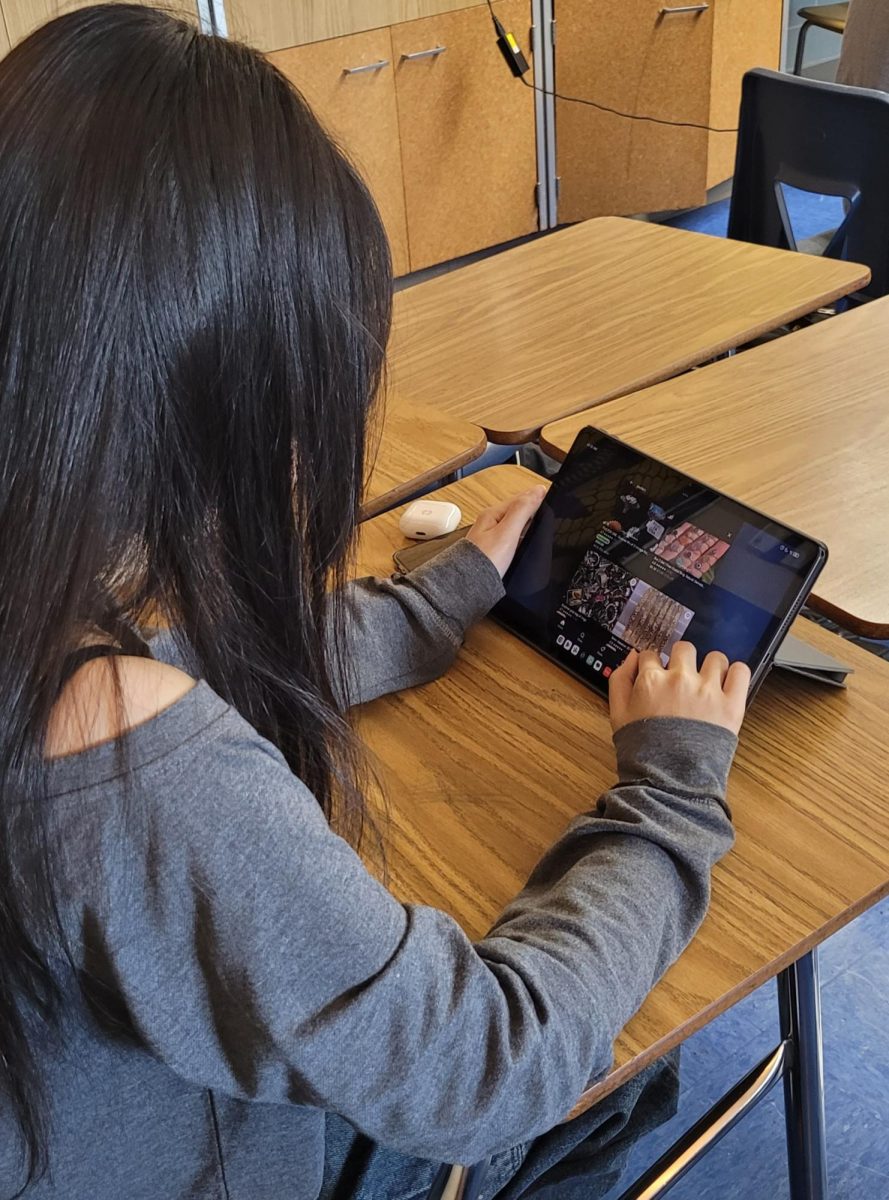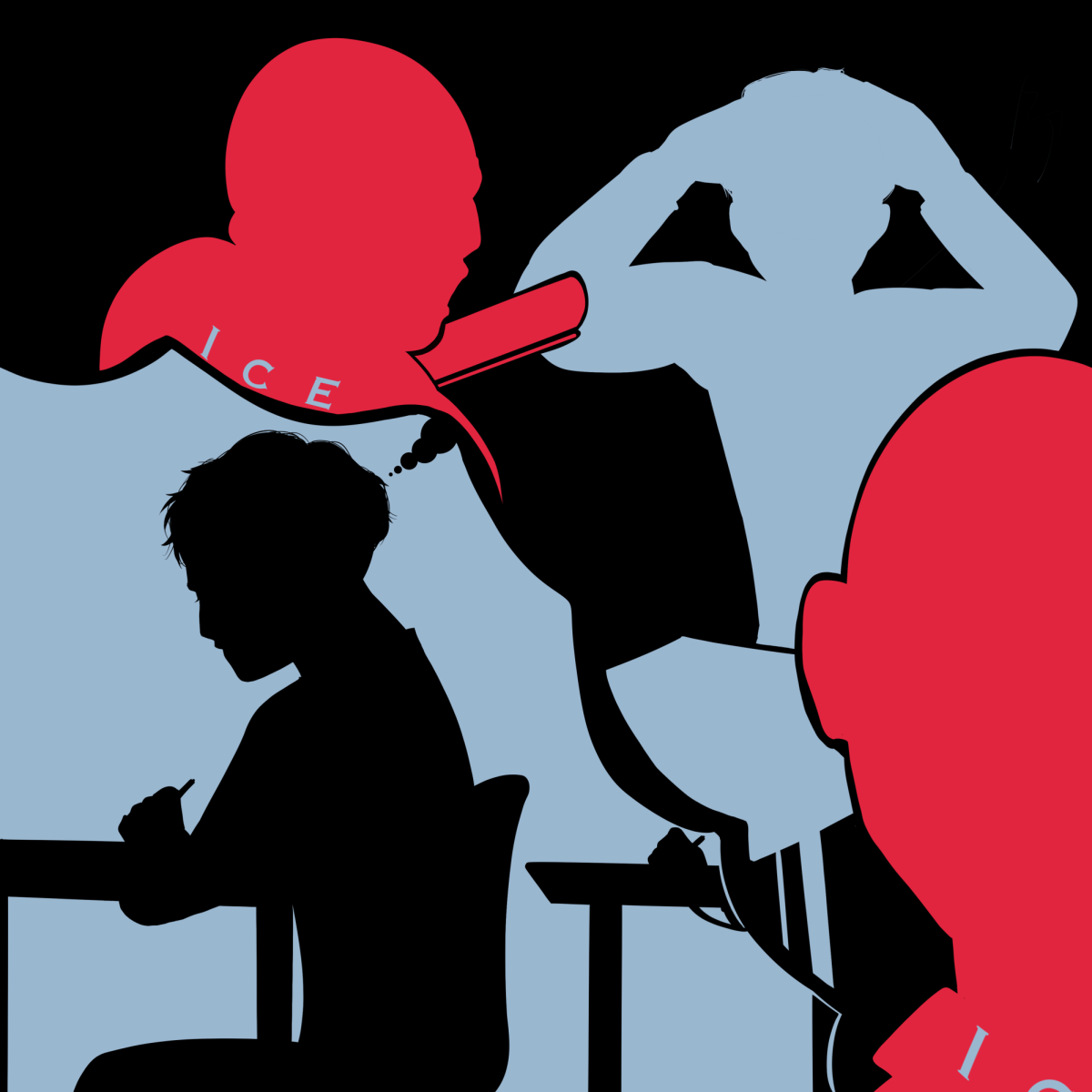In the years 2020-2022, the school systems were changed for the worse due to disruptions caused by COVID-19. One aspect of this that has gone largely unconsidered is the transitions between elementary, middle and high school, which can cause disconnection and disengagement when a student advances from one building to the next. When there isn’t a smooth transition with communication between schools and support for students, problems can arise in a student’s education, and if this isn’t addressed soon, it could potentially disrupt the learning process for future generations.
In elementary school, students are typically anchored to one teacher. That teacher is usually called the homeroom or grade-level classroom teacher. Students rely on them to teach math, reading, writing, social studies and science while specialist teachers meet with students periodically to instruct them in physical education, music and art. Overall, it is the grade-level classroom teacher, though, that gives students all the information they need and works with them on foundational skills. Meanwhile, when I was in fifth grade at Oxbow Creek Elementary, we’d switch with our next door teacher. One taught reading and writing, the other math and science, but we’d only switch on Fridays, so half the fifth graders only received one day of reading/writing instruction per week and the other half would only receive one day of math/science instruction each week. Not knowing how middle school even worked, this was a big change for me.
It felt like everyone else was thriving in this new, confusing environment while I fell into the background feeling unprepared and oblivious. Many elementary schools don’t do as much as they should to prepare students for secondary grades. The only refrains commonly heard are general statements like “Middle school is challenging” or “Middle school is nothing like this.” Actions speak louder than words and practicing having multiple single classes would be good practice for elementary schoolers mentally. I am also the oldest child, having no example set before me and thus instead I was the example. Ways of improving this could include switching classroom teachers who teach different topics equitably. Maybe when entering middle school, students could have a less complicated class load and then have it become progressively more complex until or through the start of high school.
If we were to change the way elementary school implements these middle school elements, elementary students would benefit by being able to learn the dynamics of secondary school before getting to it. However, teachers and administrators would have to make big adjustments to implement this. Elementary school teachers are typically qualified to teach the foundations of all subjects in school, not just singular specialized ones, for instance.
“In my opinion, the transition from middle school to high school across the United States is in need of improvement,” CHHS English teacher Ms. Jessica Bolles said. “Students come to high school without having been held to a credit system, and at times, not having gained the basic skills necessary to be successful in earning the credits to graduate from high school. This is not the fault of the student or the teachers, but the system.”
And because of this, students in middle school wind up suffering once they get to ninth grade because they aren’t adequately prepared for the seriousness of high school grades and how they can affect your future, from graduation and job prospects to college admissions and scholarships.
In 2002, President George W. Bush signed a bipartisan bill famously known as “No Child Left Behind.” This was meant to increase accountability, requiring schools to help students reach a certain state-set standard to avoid students failing and being left behind, but what ended up happening instead was students were promoted to the next grade level regardless of achievement. This contributed to the shock of needing a specific grade to earn high school credit, and its effects still linger today.
And this was arguably most true during the COVID-19 pandemic when many teachers, politicians and parents pitched the idea of every student redoing that school year over due to the amount of learning lost from the pandemic. However, this would interfere with the graduation rates and the flow of new students arriving to schools in kindergarten, not to mention it would have meant that we would have done online school for a whole year for nothing. Because of online school that year, I believe about 1 third of students lost out on learning that year of online school.
Not only did it affect the students, but it also had negative effects on working parents, who were left with no choice but to work from home or become stay-at-home parents. Countless struggled as they adjusted to their kids being home during the school year.
“It was hard enough that I had to adjust to a completely new schedule,” CHHS parent Ms. Pang Yang said. “And teachers were rushing me for online conferences because my kids couldn’t learn.”
When students returned to in-person learning and little was done to address the learning loss and trauma from COVID, especially as students new to middle or high school struggled to adapt, there’s an argument to be made that the education system became officially broken. Not only does school no longer hold students accountable for failing grades—it also doesn’t show the reality of the consequences that will affect one’s future in negative ways. For so many, it won’t be until reality punches them in the face in high school where grades actually matter and determine your future success.










